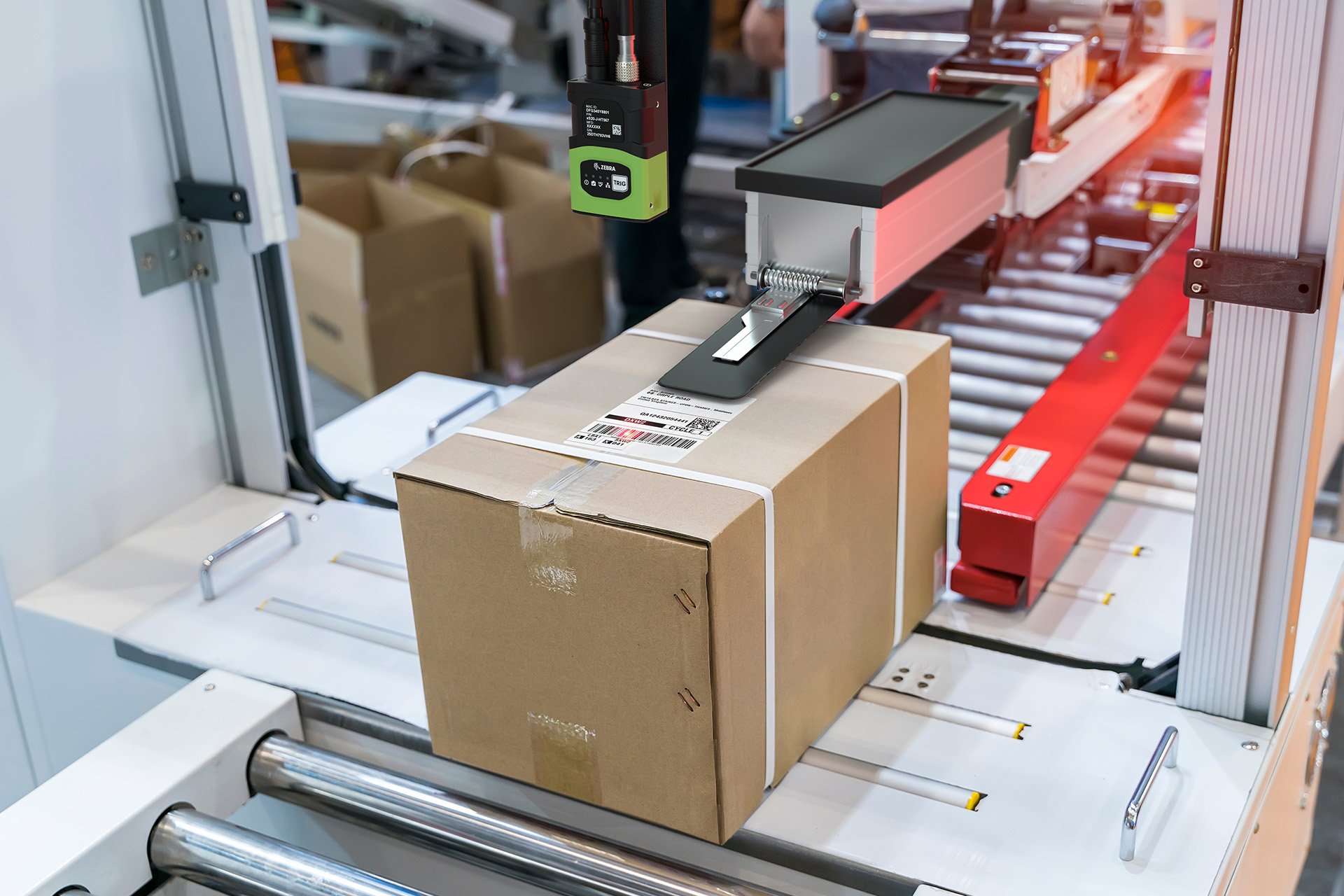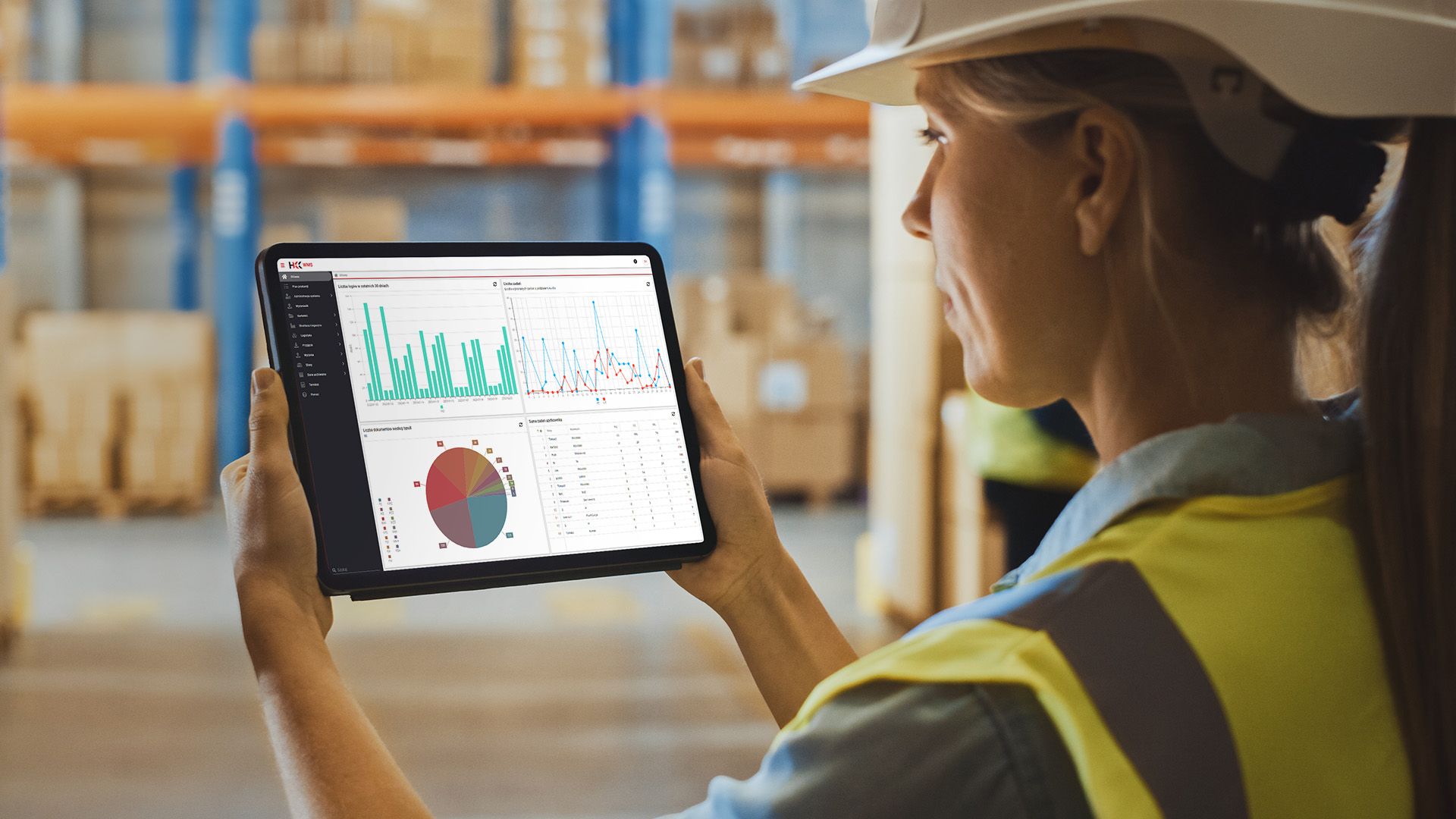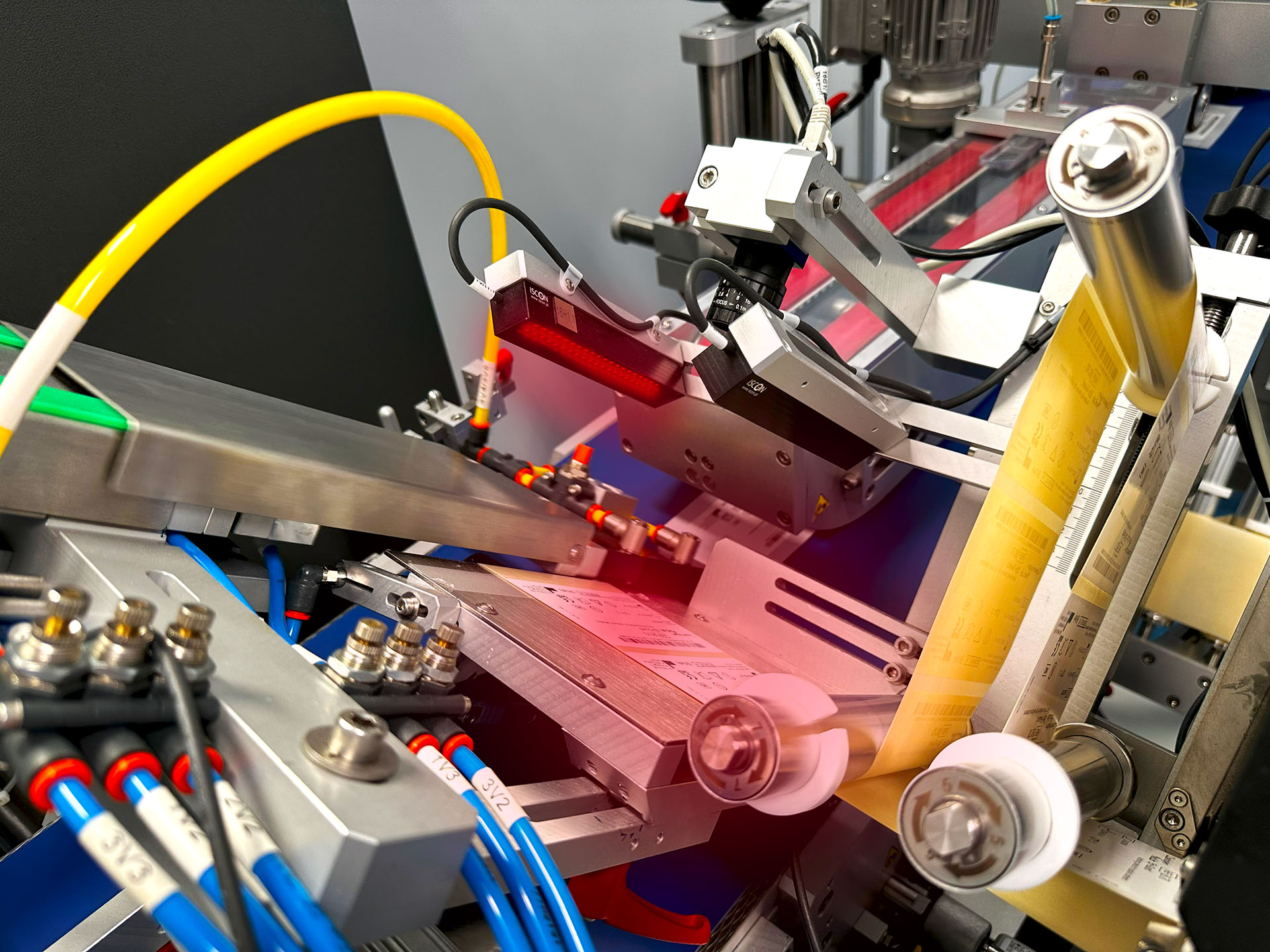Key information:
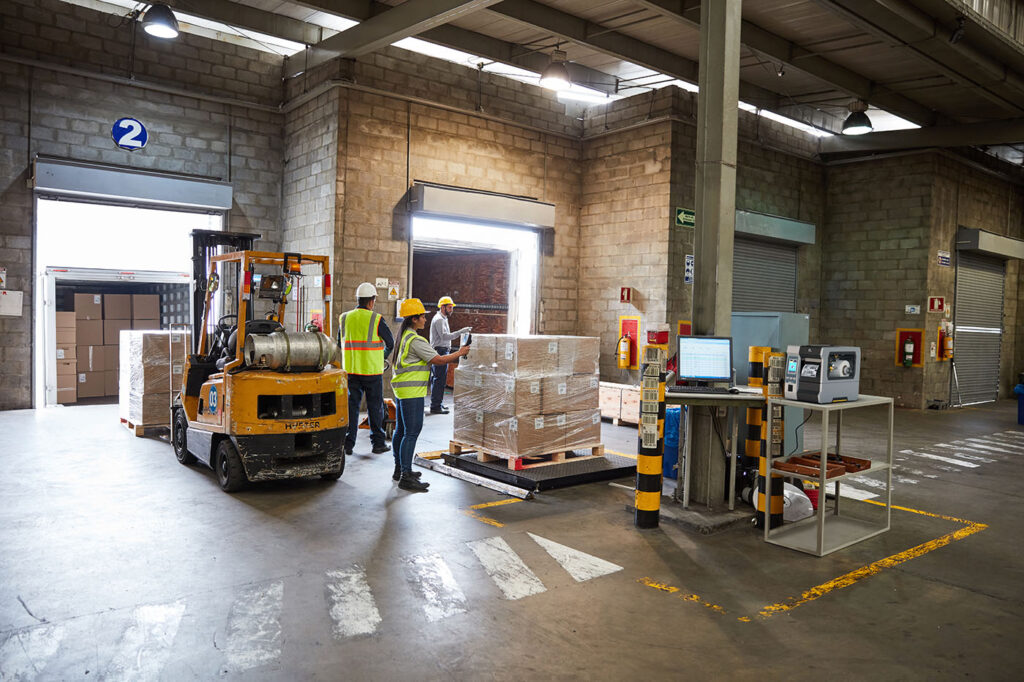
The warehouse as a place to build competitive advantage in today's business.
The warehouse is an extremely important place for almost every enterprise. High competition, the development of sales alternatives to traditional trade, or rising labor and operating costs mean that the warehouse can be a place for generating competitive advantage.
The warehouse can also, in parallel, become the place where the real problems of any company begin. So what if you find that your warehouse can and should function better? The answer to this is one word – digitization, carrying a huge potential of opportunities. So what to do?
Ask questions and think about where you are going.
Before considering how to optimize the warehouse logistics area, it’s worth stopping for a moment and thinking about where we are and where we’re going. One way to analyze the current situation is, of course, the immortal SWOT, and especially to look at areas of weakness (it is defining the weaknesses that will allow you to define a recovery plan).
It is also important, of course, to analyze opportunities because defining them is nothing more than creating a map for the future. Equipped with such knowledge, we can confidently proceed to the next step, which is to…
Define your needs.
The analysis conducted in the previous section will allow you to pinpoint your organization’s needs. The needs defined in this way should become the basis for a document defining the framework of a future project or investment . The specifics of modern logistics mean that optimization investments are most often based on the digitization of certain areas, or the entire circulation of goods and documents in the warehouse(WMS system).
Choose a warehouse solution provider.
If you already know what your weaknesses are, which direction you’re heading and what you’re looking for, you can move on to the next step, which is to choose a warehouse solution provider. If you are looking for an end-to-end solution such as a WMS ( computerized warehouse management system), it is worth creating a list of potential suppliers, guided, among other things, by their experience in a particular industry and their ability to integrate with solutions that automate warehouse processes.
It is also worth analyzing the availability of packages of additional services, such as 24/7 support or a well-developed network of cooperation with providers of support solutions (which usually guarantees the transfer of specialized knowledge).

Create an implementation plan.
You’ve chosen a vendor and you know what you want to achieve, it’s time to create an action plan for the implementation project. The implementation plan is created jointly by the solution provider and its subsequent user. This is due to the nature of the tasks to be performed during implementation.
Some of these require the involvement of the supplier alone, but some depend on the joint efforts of the supplier and the customer. A good aid to the implementation plan is for the vendor to use an implementation methodology that precisely defines the division of the implementation into stages and defines milestones to be achieved during implementation.
Implement, paying attention to every detail.
It’s time to start implementing a WMS or other solution that digitizes warehouse processes. Keep every detail in mind, communicate honestly about the processes looking for methods to improve them. Don’t close yourself off to the vendor’s suggestions.
Remember a very important aspect of the implementation – digitalization is not only about digital recording of the process, but first of all its modification for optimal configuration. Be prepared to work with the consistency of the data that will be entered into the system and the need to supplement it (we are talking, for example, about improving the master date with data on the dimensions and weight of products).
Significant changes require crew training.
A very important part of the implementation is the training of personnel who are to be involved in operating the new solution. Human nature likes to resist change, so it is very important to spread the training over a longer period of time and gradually familiarize the staff with the new shape of the process.
The training cycle itself supports the change management of implementing a digital solution in internal logistics. Remember, even the best solution can be rejected by staff unprepared to handle it.
Count, measure, analyze.
You’ve conducted an analysis of your organization’s weaknesses, you know where you’re going and what goals you’ve set before implementing a new system. The more advanced the implementation and the more time that passes since the production launch, the better you know what results the implementation has produced .
Don’t forget to measure the results and verify that they allow you to achieve the previously set goal. If not, maybe it’s time to modify your assumptions?
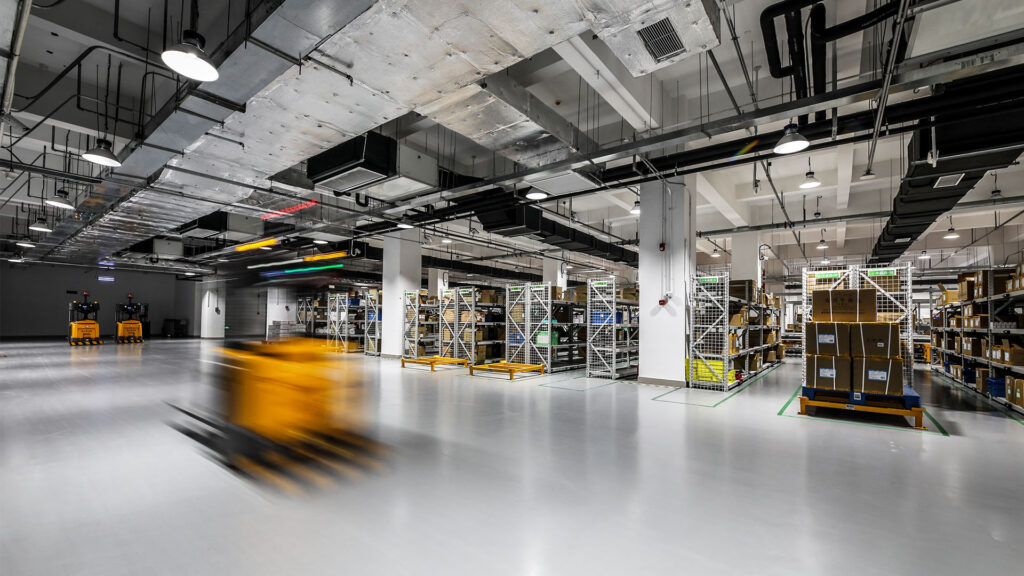
Be ready for constant change.
Each implementation is carried out according to certain business assumptions. Remember that in today’s time, business changes from day to day. Be prepared to continuously improve your processes and make modifications to the system.
Flexibility and openness are important.



